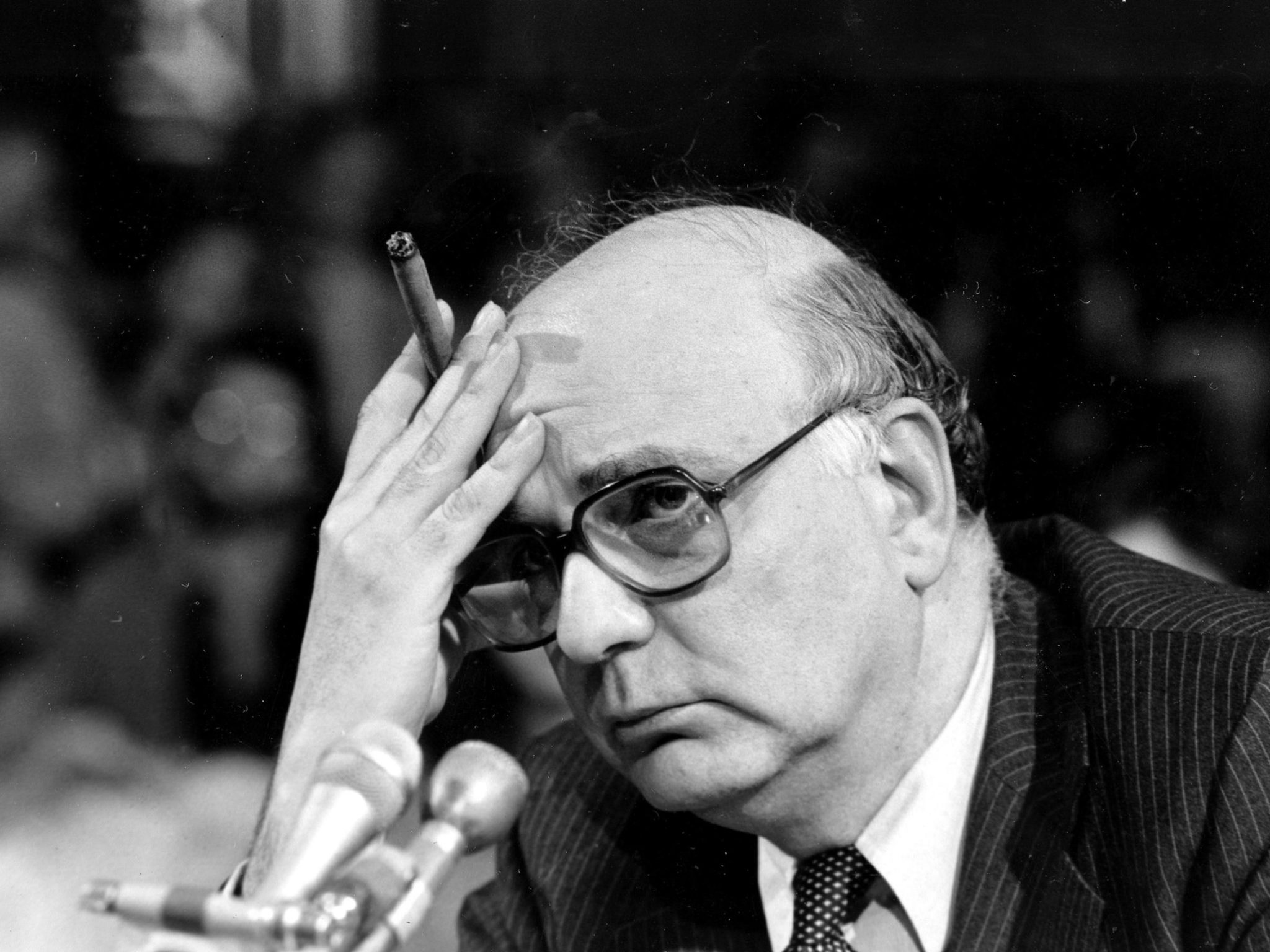
the staff of the Ridgewood blog
New York NY, in October 1979, newly appointed Federal Reserve Chairman Paul Volcker took a historic step to combat runaway inflation, marking a major shift in U.S. monetary policy. His aggressive approach would reshape the Fed’s role and lay the foundation for future economic stability.
The Inflation Crisis of the 1970s
By the late 1970s, the U.S. economy was stuck in a troubling cycle of high inflation and stagnant growth, a condition now famously known as stagflation. Prices were rising rapidly, with the inflation rate nearing 9% by mid-1979. Compounding the problem was a steadily weakening U.S. dollar, which had lost 12% of its value since 1976 against major currencies.
Amid growing concern, President Jimmy Carter reshuffled his economic team, moving then-Fed Chairman G. William Miller to Treasury Secretary and nominating Paul Volcker, then president of the New York Federal Reserve, to lead the Federal Reserve System.
Volcker’s Commitment: Inflation Comes First
During his confirmation hearings in July 1979, Paul Volcker made it clear that fighting inflation would be his top priority. He criticized the rapid growth in the money supply and signaled a willingness to take bold steps, regardless of short-term political fallout.
In a matter of weeks, Volcker began quietly tightening monetary policy. Interest rates were nudged upward and expectations were set. But it was October 6, 1979, that marked a defining moment in U.S. economic history.
The October 1979 Policy Shift: A New Era for the Federal Reserve
In a surprise Saturday evening press conference, Volcker announced a radical shift in the Fed’s strategy. Instead of targeting interest rates directly, the Federal Reserve would now control the growth of the money supply by focusing on the supply of bank reserves.
This new approach would result in greater fluctuations in interest rates, but Volcker believed it was the only way to get inflation under control.
“By emphasizing the supply of reserves… we think we can get firmer control over the growth in money supply in a shorter period of time,” Volcker told reporters that night.
The Immediate Impact: Skyrocketing Rates, Rising Tensions
Following the announcement, interest rates soared. By 1980, the federal funds rate would peak at an unprecedented 20%. Inflation hit a high of 11.6% in March 1980, but then began to fall.
However, the policy came with a cost. The U.S. economy plunged into a severe recession, with the unemployment rate hitting 10.8% by late 1982. Business bankruptcies surged, and consumer outrage grew. Farmers protested outside the Fed, car dealers sent unsold car keys in coffins, and lawmakers across the aisle demanded Volcker’s resignation.
Despite the pressure, Volcker held firm, even publicly rebuffing criticism from Treasury Secretary Donald Regan.
Long-Term Results: Inflation Tamed, Growth Restored
By mid-1982, inflation had dropped to 6.1%, and by 1983, it would fall to 3.7%. Though painful, Volcker’s strategy worked. The Fed re-established credibility as an inflation-fighting institution, paving the way for a period of long-term economic expansion known as the Great Moderation.
The Legacy of Volcker’s 1979 Announcement
Paul Volcker’s anti-inflation measures in 1979 remain a turning point in American economic history. His willingness to break from conventional monetary policy, endure public backlash, and stay the course through a tough recession helped restore economic stability and discipline.
Today, economists and policymakers still reference Volcker’s bold leadership as a benchmark for how to confront inflation—especially when gradual approaches have failed.
Take the Wall Street Walking Tour https://www.facebook.com/unofficialwallstreet #WallStreetTours,#FinancialDistrictExploration, #ExploreWallStreet, #FinancialHistoryTour, #StockMarketExperience, #FinancialDistrictDiscovery, #NYCFinanceTour,#WallStreetAdventure

Paul was from Teaneck.